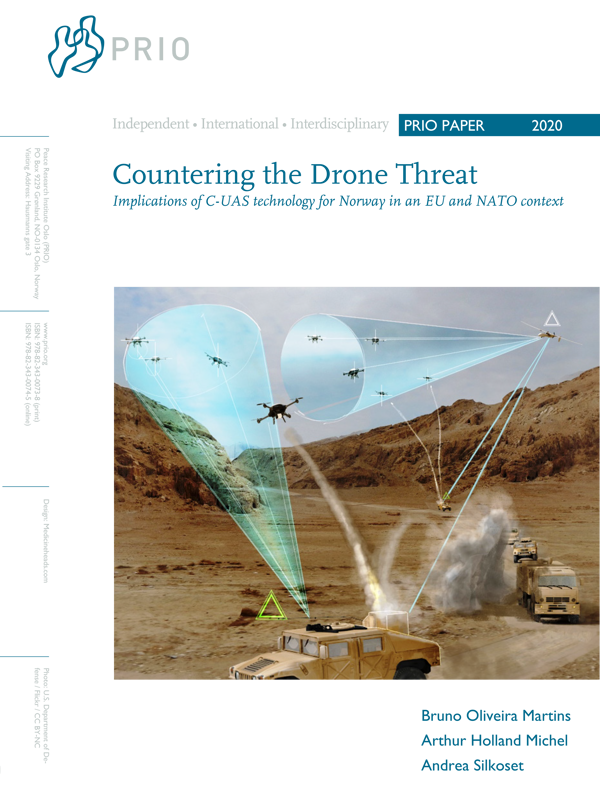This report provides a critical analysis of the typology, procedures, and challenges of counter-drone technology, as well as an assessment of its application in both civilian and military scenarios. Counter-drone technology – or, as it is also designated, C-UAS – refers to systems designed to detect, track, identify and/or intercept unmanned aircraft (commonly referred to as drones), particularly small drones that cannot be countered with traditional anti-aircraft systems designed for use against manned aircraft.
The report argues that C-UAS technology is often not fully effective, and that those wishing to use the technology face a range of hurdles with respect to legality, coordination, planning, and safety. Current legal frameworks are lagging behind technological developments, and therefore many of the available technological solutions cannot be used in civilian settings due to legal restrictions.
Malicious drone use represents a significant security challenge. However, policymakers and practitioners should be careful not to allow this challenge to trigger an over-zealous securitization of civilian airspace.
Drones offer a range of important benefits when used properly. While a balanced approach towards C-UAS is certainly difficult to achieve, it is important that policy-makers, regulators, and law enforcement agencies take both the risks and the opportunities of C-UAS into account in their strategic decision-making.









